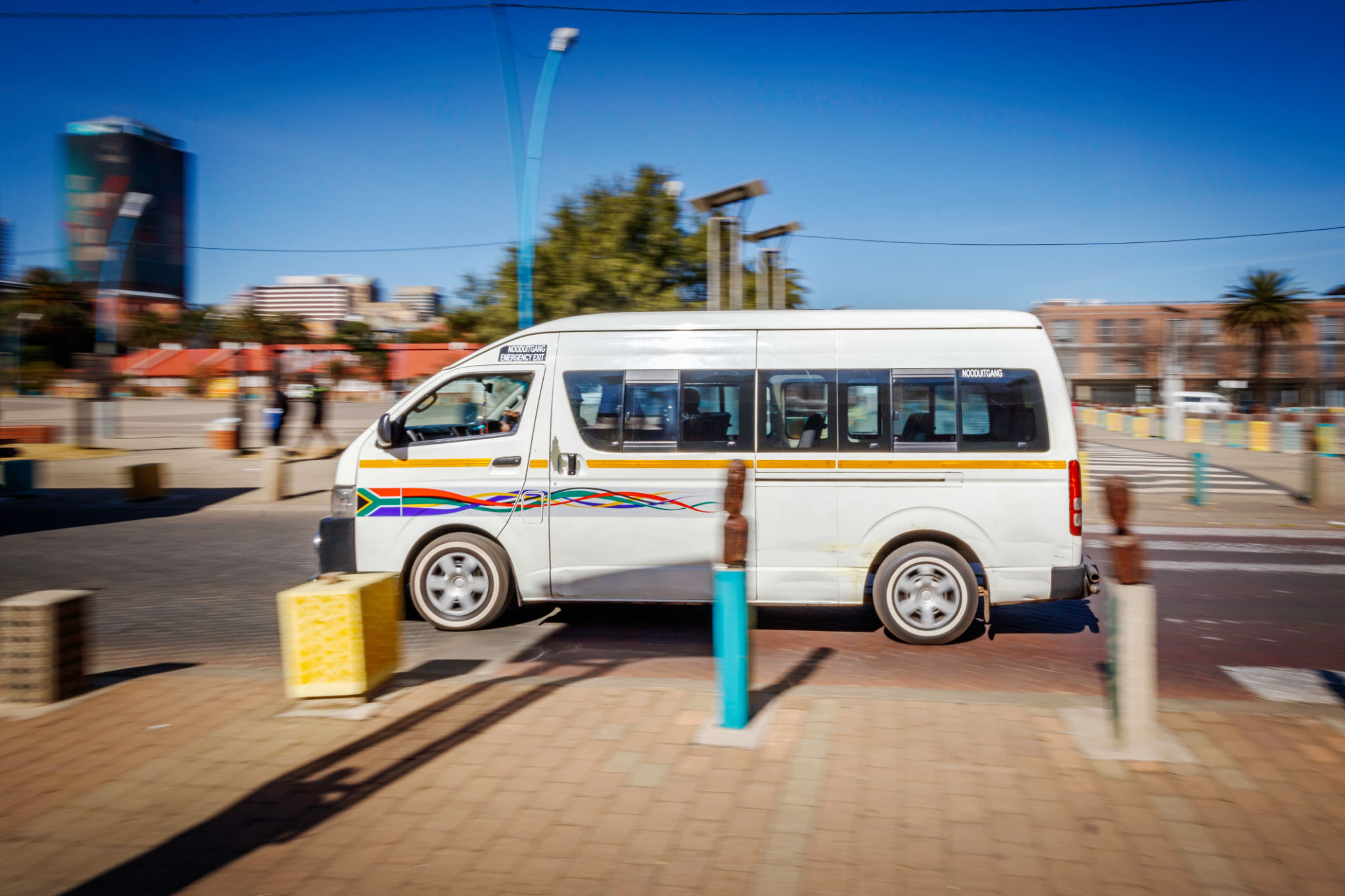Comparing Tire Distribution Networks: Middle East vs. Africa
Understanding Tire Distribution Networks
In the ever-evolving landscape of automotive industries, tire distribution networks play a crucial role in ensuring the availability and accessibility of tires for consumers. Comparing the distribution networks in the Middle East and Africa reveals intriguing insights into logistical challenges, market demands, and economic factors that influence these regions.

Market Dynamics in the Middle East
The Middle East boasts a dynamic tire market driven by a combination of luxury vehicle demands and robust infrastructure development. The region's strategic geographic position as a hub between Europe, Asia, and Africa enhances its distribution capabilities. Countries like the UAE and Saudi Arabia serve as central nodes in this network, facilitating efficient distribution across neighboring regions.
Retailers in the Middle East benefit from well-established road networks and advanced logistics technology. This allows for swift movement of goods, ensuring timely delivery to both urban and rural areas. The presence of numerous free trade zones further simplifies import and export processes, enhancing the efficiency of tire distribution.

Challenges Facing African Tire Distribution
In contrast, Africa's tire distribution network faces unique challenges. The continent's vast geographical expanse and diverse economic conditions contribute to logistical difficulties. Many regions lack advanced infrastructure, which can impede the efficient movement of goods. Additionally, varying regulatory standards across countries further complicate cross-border distribution.
Despite these hurdles, Africa's tire market is experiencing growth, driven by increasing vehicle ownership and infrastructure development. Regional initiatives aimed at improving transport networks and trade agreements are helping to alleviate some of the logistical challenges faced by distributors.

Key Differences in Distribution Strategies
The Middle East's distribution strategy often involves centralized warehouses located in strategic areas to facilitate rapid redistribution. In contrast, African distributors may adopt a more decentralized approach, with multiple smaller warehouses spread out to accommodate the continent's vast geography.
Moreover, while the Middle East's market is heavily influenced by luxury and high-performance vehicles, Africa's consumer base leans more towards affordable and durable tire options that suit varying terrain conditions. This difference in consumer preference significantly affects inventory and distribution strategies.
The Role of Technology in Distribution
Technology plays a pivotal role in both regions but is more prominently integrated into Middle Eastern networks. Advanced tracking systems, inventory management software, and digital marketplaces streamline operations, allowing for real-time monitoring and management of tire supplies.
In Africa, while technological adoption is growing, many distributors still rely on traditional methods. However, the rise of mobile technology is beginning to transform operations, offering new opportunities for efficiency improvements and customer engagement.

Future Prospects and Opportunities
Looking ahead, both regions present promising opportunities for growth in tire distribution. In the Middle East, continued investment in infrastructure and technology will likely enhance distribution efficiency further. The potential for increased tourism and economic diversification also bodes well for the automotive industry.
Africa's future prospects are equally promising, with regional trade agreements such as the African Continental Free Trade Area (AfCFTA) poised to boost cross-border trade. As infrastructure projects progress and technological integration deepens, the continent’s tire distribution network stands to gain significantly.
Overall, understanding the distinct characteristics of tire distribution networks in the Middle East and Africa is crucial for businesses looking to expand their reach in these diverse markets. By addressing region-specific challenges and leveraging emerging opportunities, distributors can effectively navigate these complex landscapes.
